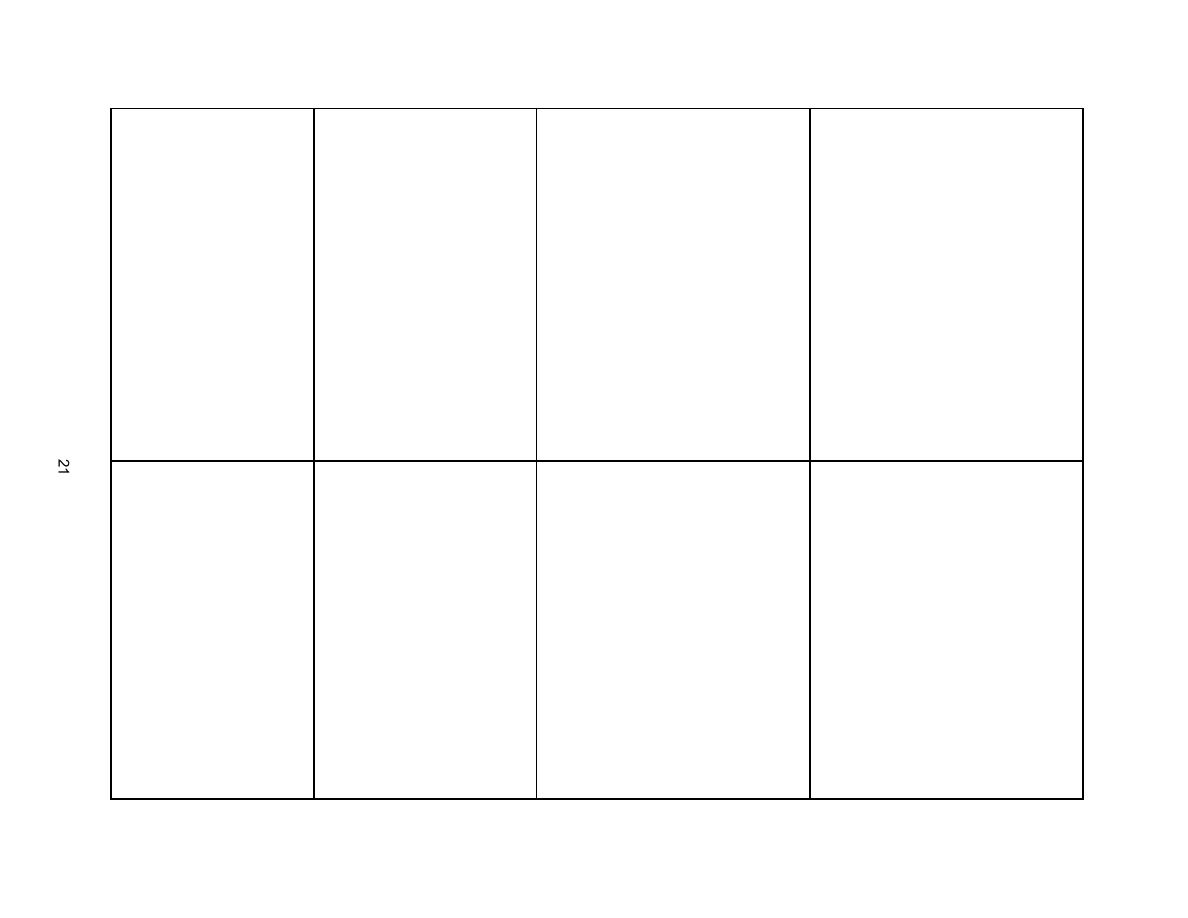
The value of elastic modulus
under 3,200 psi
9.3 See attached report from Polymer
controls the stiffness or deflection
Diagnostics Inc.
9.4 Long-term outdoor weathering
of the installed sheet piles. Have
studies show 60 percent impact
you established any change with
retention in high UV climates.
time of the elastic modulus of the
material constituting your vinyl
sheet pile products by exposure to
out door conditions (sunlight)? If
so, what is the rate of change?
9.3 Creep:
Thermoplastic polymers are
known to creep under a sustained
stress. Have you established the
creep rate for the final polymer mix
that constitutes the material of
your vinyl sheet pile products? If
so, what it is.
9.4 Impact Resistance:
Have you established any change
with time the impact resistance of
the material constituting your vinyl
sheet pile products by exposure to
out door conditions (sunlight)? If
so, what is the rate of change?
10. Any other information you
1. March 27, 2002 Report to Wade
Contrary to popular engineering practice, we
No response
consider pertinent to these
Wright, COE
feel very strongly that Allowable Moment as
studies.
determined by the product of Section Modulus x
2. July 19, 2002 Report to Carl
Design Stress never be used in determining
Guggenheimer, COE
suitability of a specific section for a given appli-
cation. This is due to the fact that, to my knowl-
edge, no wall has ever failed due to exceeding
the yield strength of the plastic. Our feeling is
that the modulus of elasticity of vinyl is so low
that a vinyl wall will fail due to unacceptable
deflection long before it will fail in yield (see
attached Tech Note). As a result, our published
Allowable Moment value is determined by the
amount of moment that will cause approxi-
mately 1" of initial deflection and 3" of deflection
after 30 years of service. This is the single larg-
est cause of confusion in the industry. Because
of the relatively broad curve of the stress-strain
curve for pvc, you have three different manu-
facturers calculating allowable moment using
three different design stress values. Quite hon-
estly, we only publish the value so we can be
included on projects where the engineer has
used allowable moment as the design criteria.




 Previous Page
Previous Page
